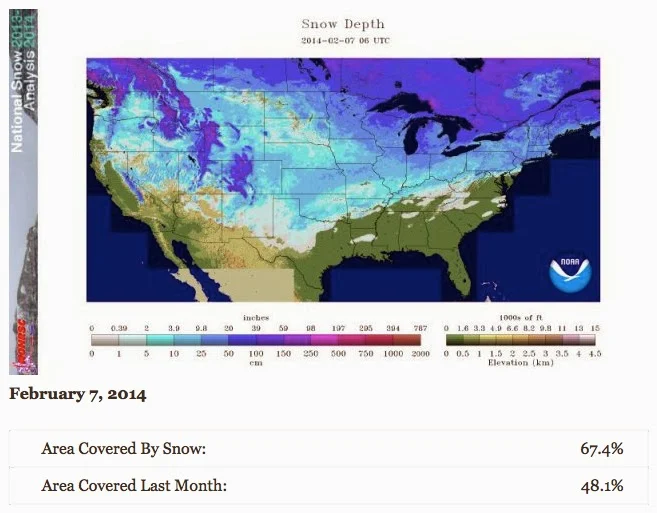The Sams Club in Kentwood lost power in the early morning storm, closing down the store and gas station for the day Saturday, which is quite unusual.
Workers there were observed after 1:00pm at the rear of the building tossing no longer refrigerated and frozen foods.
Consumers Energy crews were observed near the intersection with the store attempting to restore power in the sweltering heat.
The heat index not much later soared to 108 by 2:53pm.
A second round of storms after 4:00pm Saturday crashed actual air temperatures from 89 to 74, complicating the on-going power restoration efforts.
While there are outages across the state, the Southeast Side of Michigan has the highest concentration. DTE Energy this morning said 375,000 of its customers remain without electricity after what it called the “worst storm” its line workers have dealt with this year.
" ... The weather event downed 1,100 power lines, making this the worst storm our region has experienced this year and one of the largest since the March 2017 wind storm," the utility said. ...
In West Michigan and the central part of the state, Consumers Energy was reporting about 122,000 customers without power today. Great Lakes Energy added to the tally with nearly 5,000 outages, mostly in Lake, Oceana and Osceola counties. ...
While there were strong wind gusts across the Lower Peninsula on Saturday, the most damaging happened in the areas of Kent and Ottawa counties [in West Michigan], the National Weather Service said. The damaging winds that took the house apart in the Jenison area were described as a “microburst.”










